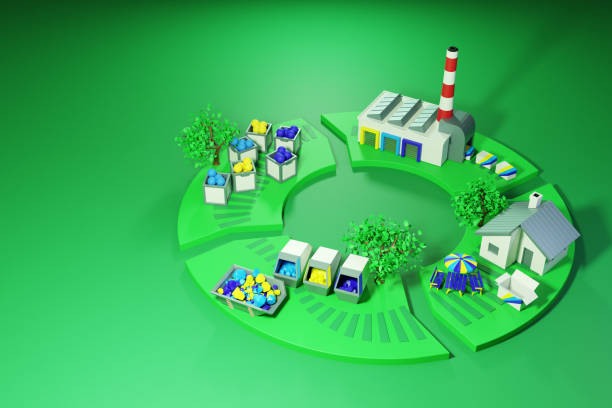Greener technologies in agri-food wastes valorization for plant pigments: Step towards circular economy

The population is rising to different heights each day. It leads to increased agricultural production for fulfilling the basic need of man: 'food'. As a result of increased production, the amount of waste generated also increases. This enormous waste is now posing threat to both humanity and the environment.
Keywords: agri-food waste, food waste management, green circular, natural bioactive pigments, green solvents, sustainability
Addressing this issue and developing solutions to it is the need of the era. For developing a solution to this issue people need to use promising green technologies to manage and valorize agri-food waste into valuable food additives. The recovery of value-added pigments from agri-food waste as natural food colorants is one of the new business prospects being created by approaches influenced by the circular economy model. This method is now growing and being adopted by many people worldwide. The circular economy has the potential to protect valuable and scarce non-renewable resources.

Food waste management is the proper way to efficiently utilize waste. The pillars of food waste management are:
- Reducing food waste generation
- Utilizing the food waste for reuse
- Valorising food waste for the recovery of natural bioactive compounds
Increasing the utilization of food waste lowers the environmental effects.
Generally, natural bioactive pigments are extracted from food waste using conventional methods. But the conventional methods have certain disadvantages as follows:
- Time-consuming
- Large solvent consumption
- Lower yield
- Unsafe to the environment
- Unsafe for human health
- Less economic
- Less sustainable
- Inconvenient
- Nutrient loss
It is thus necessary to use environmentally friendly solvents. For this purpose, green solvents are needed. Currently, ionic solvents (ILs), deep eutectic solvents (DESs), ethanol, water, edible oils, inert gases (CO2), etc. The advantages of green solvents compared to traditional solvents are:
- High yield
- Safe to the environment
- Safe for human health
- Convenient
- Value food safety
- More economic
- Less nutrient loss
- Sustainable
- Less time-consuming
The plant-derived bioactive pigments include carotenoids, anthocyanins, chlorophylls, lutein, and betalains. There are various green valorization technologies used for deriving plant natural pigments. They are:
- Ultrasonic assisted extraction
- Ohmic heating
- Microwave assisted extraction
- High voltage discharges
- Pulsed-electric field assisted extraction
- Pressurized liquid extraction
- Light stresses
- Supercritical fluid extraction
- Enzyme assisted extraction
- High-pressure processing
- Ionizing radiation
The circular economy has been used to increase resource consumption for the proper balancing of economic, environmental, and societal costs. The implementation of green circular technology will help in increasing and broadening the markets for bio-based goods. For the fulfillment of the Sustainable Development Goals(SDG) of the UN, the valorization of food waste can play an important role.
Conclusion:
To achieve sustainability in using green technologies, people must be aware of these technologies, their impacts, and their benefits. To achieve a green circular economy in the area of agri-food waste valorization for bioactive pigments, it is necessary to:
- Discover newer food waste resources of pigment potential
- Establish & explore more advanced green valorization technologies with enhanced extraction yield, low solvent consumption, or solvent free strategies
- Reconnoitre novel green solvents with improved efficiency
- Redesign the integrated or combinatorial approaches to support the post-extraction zero-waste concept and generate minimal greenhouse gas emissions (GHGs).
Story Source:
Materials provided by Current Research in Green and Sustainable Chemistry. The original text of this story is licensed under a Creative Commons License. Note: Content may be edited for style and length.
Journal Reference:
0 Comments